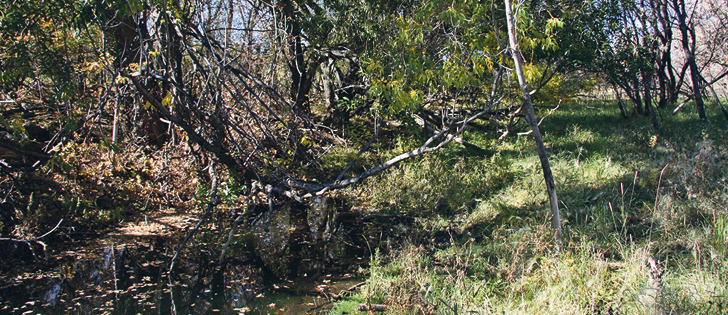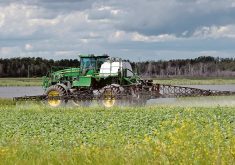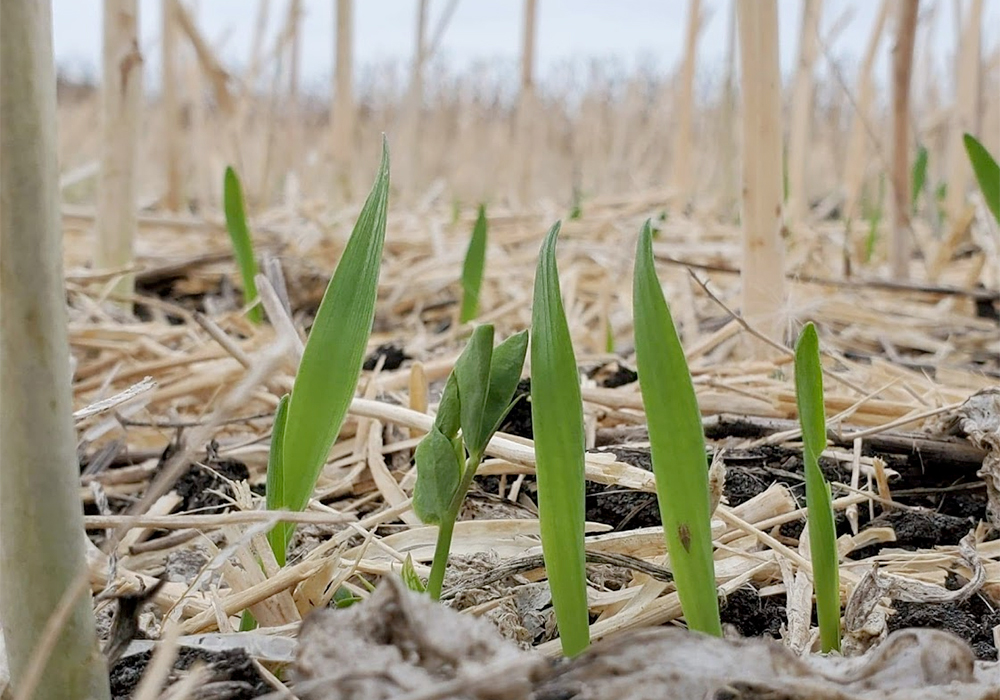A three-year project monitoring riparian sites in the Bow River and Oldman River basins show more than half are healthy ecosystems.
“We found that over 50 percent of the sites within the Bow and the Oldman were in really good shape,” said Michael Wagner, Alberta Agriculture and Forestry.
The department worked with fRI Research, formerly the Foothills Research Institute, a private company that works on land management in Western Canada.
About 250 sites were selected on forested public land in the Eastern Slopes of the Rocky Mountains.
Read Also

Farming Smarter receives financial boost from Alberta government for potato research
Farming Smarter near Lethbridge got a boost to its research equipment, thanks to the Alberta government’s increase in funding for research associations.
When a site was in poorer condition, half the time it was due to the southern Alberta flood of 2013, which tore away banks and left behind debris, he said at the Bow River Basin Council science forum held recently in Calgary.
However, when an area has been changed due to flood, it is considered a natural event.
Riparian areas were ranked as properly functioning, properly functioning but at low or high risk or not functioning properly
The streams were ranked according to 120 measurements with 60 indicators that included evaluating the size of rocks, amount of bare soil, depth of stream, stream channels, condition of banks and wildlife diversity.
Teams collected invertebrates as well as assessed larger forms of wildlife and plants.
“In streams that have poorer water quality you see more snails, black flies, leeches and very small worms,” he said.
While many sites were considered healthy, 23 percent of the riparian sites that were physically assessed were not properly functioning.
“The Bow had more not properly functioning riparian areas than the Oldman,” he said.
Reassessments have started this spring and further work is planned for the Castle River and Ghost River watersheds.


















